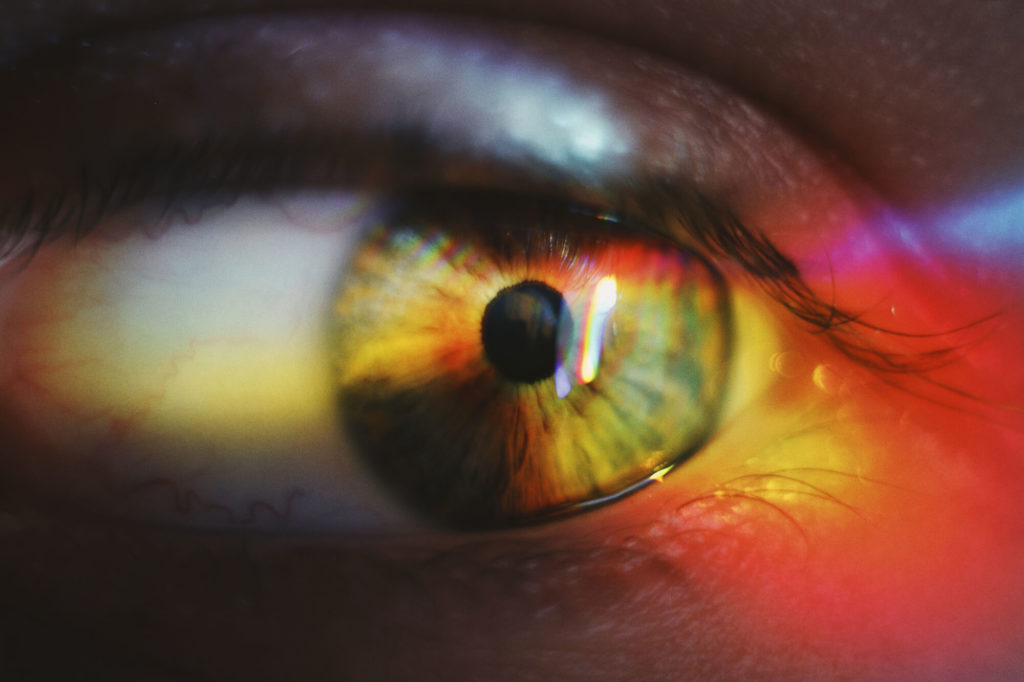What Is Color Vision Deficiency?
Scientifically known as Color Vision Deficiency (CVD), this color vision problem refers to a state where a person has difficulty in perceiving and distinguishing colors. This condition is genetic, affecting more men than women on average.
According to some latest surveys conducted by Prevent Blindness America, approximately 8 percent of men suffer from a form of Color Blindness, whereas only 0.5 percent women identify with the symptoms.
How Many Kinds of Color Vision Deficiency Are There?
Color Vision Deficiency is pigeonholed in different types depending on which part of the spectrum is affected.
- Red-Blindness (Protanomly) – Refers to red color weakness.
- Green Blindness (Deuteranomaly) – Refers to green color weakness
- Blue Color Blindness (Tritanomaly) – Refers to blue color weakness
The green and red color deficiencies are the most difficult to cope with because they affect the entire color spectrum in their retina. Individuals experiencing them often have difficulty with distinguishing green and red part in various color combinations, which make up a major part of our everyday world.
What are Common Symptoms of Color Blindness?
Contrary to common belief, colorblind people are able to see colors. However, they have limited color perception. Colors like red and green, most of the time get decolorized while building inaccurate color perception. These blanched shades easily confuse individuals when it comes to discerning colors.
Some of the symptoms include
- Distinguishing between different shades of the same base color
- Having trouble adjusting to brightness or darkness of certain colors
- Inability to focus when using coloring worksheets
If it is difficult for you to distinguish between primary colors such as red, green, yellow, and blue, it is a significant sign that you are suffering from CVD.
What Causes CVD?
Inherited color blindness often results due to the absence of a genetic mutation of the cones. CVD occurs when the light-sensitive cells of the retina do not respond to light wavelength and its variations. Present in the macula-a central and sensitive zones of the retina, these retinal photoreceptors are responsible for maintaining color vision and perceiving the wide array of hues and colors available to us.
Cataracts affect color vision when there is a cloud formation in the natural lens of the eye. Fortunately, the color vision can be restored with cataract surgery.
Parkinson’s disease (PD) is a neurological disorder damages the light-nerve cells of color vision in the retina. The condition may cause permanent color blindness.
How Can You Cope With CVD?
Currently, color blindness has no cure. However, you can opt for some coping strategies to help you perform your task in this color-oriented world.
If you have been diagnosed with color blindness early enough in your life, you can train yourself for the careers that do not depend on your ability to distinguish colors.
Wearing special lenses that enhance color vision to some extent is another option. Unfortunately, they are available only on limited eye care clinics.
Bottom Line
Overall, color blindness may not seem a severe condition to an outsider, but it can get very disabling for those who have to suffer from it. It is important that you take the advice of your ophthalmologist regarding the severity of your color deficiency in order to cope up with the condition better.




